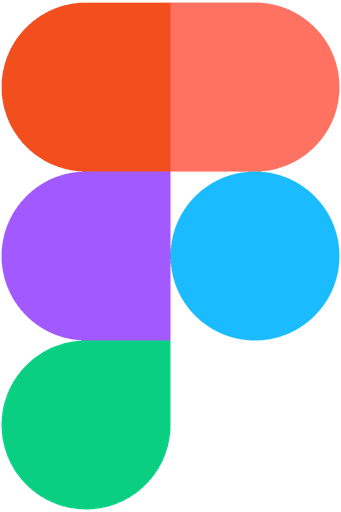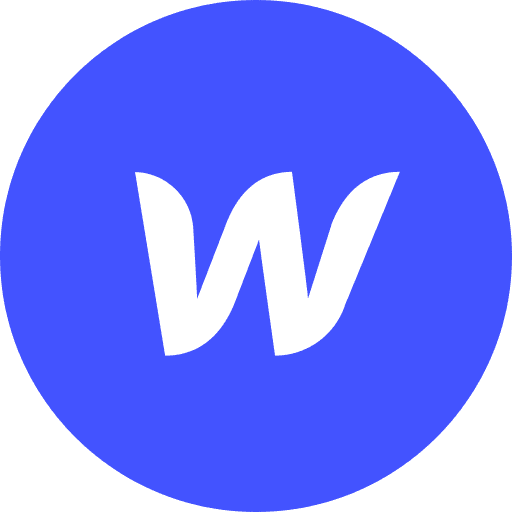Sales AI Agent
The Sales Voice Agent automates real-time outbound and inbound sales calls, offering businesses a powerful tool to handle high volumes of leads efficiently. This AI agent engages prospects the moment they enter the funnel, delivers personalized sales pitches, qualifies leads through interactive dialogue, and even handles objections. Unlike human sales reps who may delay follow-ups or get fatigued, the Sales Voice Agent operates 24/7 with consistent tone, speed, and accuracy. It reduces dependency on human agents for repetitive tasks and ensures no leads fall through the cracks. Integrated with CRMs and lead management tools, it can auto-log call summaries, update lead statuses, and schedule follow-ups. This agent is ideal for industries with fast-moving leads, such as real estate, edtech, finance, and ecommerce, where speed and response quality are critical. Ultimately, it transforms the top-of-the-funnel experience by increasing engagement rates, improving lead qualification, and shortening sales cycles.
Ottawa, Ontario, Canada
2006
E-commerce
$1.578 billion (2019)
5,000+
Metrics It Improves
The Sales Voice Agent significantly impacts several key performance indicators. Firstly, it reduces lead response time, often from hours to seconds, drastically improving the chances of conversion. Conversion rates tend to increase as a result of consistent, personalized follow-ups and quicker engagement. Sales team productivity also sees a boost, as human agents can focus on closing deals rather than cold calling. Additionally, the cost per lead acquisition drops due to automation replacing manual outreach efforts. The agent enhances the accuracy and consistency of lead qualification, improving the lead-to-deal ratio. Other impacted metrics include call-to-connect ratio, follow-up frequency, and customer acquisition cost (CAC). In aggregate, businesses experience faster revenue cycles, lower sales burnout, and improved ROI on marketing spend.
35%
Improved onboarding process
25%
Increase in user retention
84%
Increase in time spent on website
Process
Research & Analysis: We conducted user interviews, surveys, and analyzed in-app analytics to understand the pain points and user needs. We also studied competitor apps and industry trends to gather insights
Information Architecture: Based on the research findings, we restructured the app's navigation and content, prioritizing features and information according to user needs.
Wireframing & Prototyping: We designed low-fidelity wireframes to visualize the new layout and navigation, iteratively refining them based on user feedback. Afterward, we built a high-fidelity, interactive prototype to test the design.
Usability Testing: We conducted usability tests with a diverse group of users to validate the design and identify areas for improvement. Based on the feedback, we made necessary adjustments to the design.
Visual Design & Style Guide: We developed a cohesive visual language, including color schemes, typography, and iconography, ensuring consistency throughout the app. We also created a style guide to maintain design consistency in future updates.
“ With our new visual branding and language in place, the new Shopify brand clearly captures the essence of our current and target customer base, our employees, and our values. ”
Tobias Lütke
CEO, Co-founder | Shopify
Conclusion
The modernization of the subscription management platform successfully addressed the core usability issues and improved the overall user experience. By focusing on simplifying the interface and optimizing workflows, we were able to create a more efficient and enjoyable platform for users. The significant improvements in user engagement, satisfaction, and subscription rates underscore the importance of user-centric design in achieving business success.











